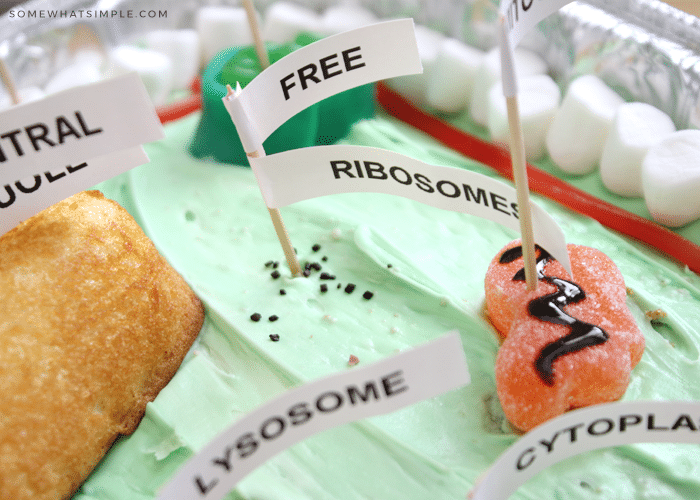See? 39+ Truths On Plant And Animal Cell Project People Missed to Tell You.
Plant And Animal Cell Project | Plant cells are often larger than animal cells. Unlike the eukaryotic cells of plants and fungi, animal cells do not have a cell wall. Plant and animal cells have several differences and similarities. They are rectangular in shape. Preparing animal and plant cell slides.
Mitochondria contain enzymes which is very important because it is these enzymes that draw energy from glucose. Most multicellular organisms are made of different cell types that are in multicellular animals and plants, groups of specialised cells work together to create more complex structures: Thank you so much for helping me out with my science project. Large vacuoles help provide shape and allow the plant to store water and food for future use. Overview of animal and plant cells.

Plant and animal cells have a nucleus inside the cytoplasm. The animal cell is filled with a solution of water and nutrients to form a fluid called the cytoplasm. Plant cells have a cell wall, but animals cells do not. Cell walls provide support and give shape to plants. Jinal's & gurpreet's cell project. Preparing animal and plant cell slides. Identify the differences between plant and animal cells and how these differences relate to their cellular functions. Instead, multicellular animals have other structures that provide support to their animal cells have a variety of different organelles that work together to allow the cell to perform its functions. All plant and animal cells have cytoplasm which contain mitochondria. The storage function plays a lesser role in animal cells, therefore the vacuoles are smaller. Animal cells are typically round and irregular, while plant cells are rectangular and fixed in shape.3 x research source. Large vacuoles help provide shape and allow the plant to store water and food for future use. For example, animal cells do not have a cell wall or chloroplasts but plant cells do.
How to create 3d plant cell and animal cell models for science class. We will discuss plant cell vs animal cell, everything at the cellular organization level. Mitochondria contain enzymes which is very important because it is these enzymes that draw energy from glucose. They are rectangular in shape. See more ideas about cells project, plant cell project, plant cell.

Plant cells have a cell wall, but animals cells do not. Chloroplast is the organelle that we find in plant cells but not in the animal cell. We'll learn about these differences further down the page. Each cell can be thought of as a large factory. Animal cells have one or more small vacuoles whereas plant cells have one large central vacuole that can take upto 90% of cell volume. Animals are heterotrophs, and they obtain foods from other sources without producing. Jinal's & gurpreet's cell project. Thank you so much for helping me out with my science project. Plant and animal cells biography. Topics include cell walls, vacuoles, chloroplasts, peroxisomes, lysosomes, mitochondria, etc. Mitochondria contain enzymes which is very important because it is these enzymes that draw energy from glucose. Unlike the eukaryotic cells of plants and fungi, animal cells do not have a cell wall. The last few days in 8th grade art have been spent working on a watercolor animal/plant cell project.
This is due to the presence of a rigid cell wall covering the plant cells. The storage function plays a lesser role in animal cells, therefore the vacuoles are smaller. The animal cell is filled with a solution of water and nutrients to form a fluid called the cytoplasm. Hey glen, can you help me with my plant cell project please? Although animals and plants are both eukaryotic, there are differences between animal and plant cells.

Overview of animal and plant cells. Hey glen, can you help me with my plant cell project please? Similarities of plant cell and animal cell. They are rectangular in shape. Most multicellular organisms are made of different cell types that are in multicellular animals and plants, groups of specialised cells work together to create more complex structures: Animals are heterotrophs, and they obtain foods from other sources without producing. We'll learn about these differences further down the page. Large vacuoles help provide shape and allow the plant to store water and food for future use. Plant cells have a cell wall, but animals cells do not. Preparing animal and plant cell slides. Well… except eggs… the largest animal cell is an unfertilized ostrich egg, which weighs around 1.5 kg!!! Check out the difference between prokaryotic and. Animal cells, unlike plant and fungi cells, do not have a cell wall.
Plant And Animal Cell Project: See more ideas about cells project, plant cell project, plant cell.
Source: Plant And Animal Cell Project
0 Response to "See? 39+ Truths On Plant And Animal Cell Project People Missed to Tell You."
Post a Comment